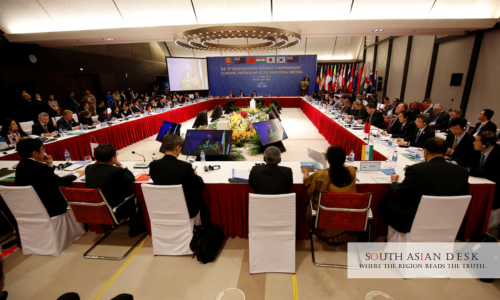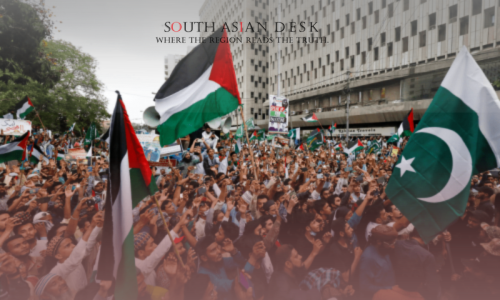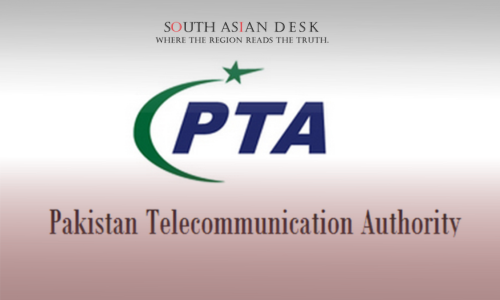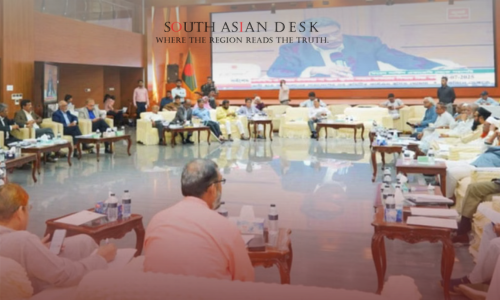Hong Kong, Sri Lanka, Chile, and Bangladesh have formally expressed interest in acceding to the RCEP trade bloc during the 57th ASEAN Economic Ministers Meeting in Kuala Lumpur on Wednesday, September 24, 2025, to enhance economic linkages; RCEP officials voiced support, with final decisions slated for the bloc’s leaders’ summit next month.
Why it Matters for South Asia
The prospective inclusion of Sri Lanka and Bangladesh in the RCEP trade bloc could significantly bolster South Asian economies by granting tariff-free access to a market representing nearly one-third of global GDP. For export-dependent nations like these, integration promises diversified trade routes, reduced dependency on Western markets, and resilience against protectionist tariffs, such as those from the United States, while fostering investment in textiles, apparel, and agriculture sectors critical to the region. This expansion aligns with broader efforts to deepen intra-Asian ties, potentially adding USD 186 billion to regional trade volumes by 2030, according to estimates from the Asian Development Bank.
RCEP Trade Bloc: A Snapshot of the World’s Largest Pact
The Regional Comprehensive Economic Partnership (RCEP), signed in November 2020 and effective since January 2022, unites 15 economies: the 10 ASEAN members—Brunei, Cambodia, Indonesia, Laos, Malaysia, Myanmar, the Philippines, Singapore, Thailand, and Vietnam, alongside China, Japan, South Korea, Australia, and New Zealand. Covering 2.3 billion people and USD 26.2 trillion in GDP, the RCEP trade bloc eliminates tariffs on 90 per cent of goods traded among members, streamlining rules of origin and e-commerce standards to cut trade costs by up to 13 per cent.
This framework has already driven a 7.4 per cent rise in intra-bloc trade in its first year, per data from the RCEP Secretariat. Yet, analysts note its provisions remain relatively modest compared to pacts like the Comprehensive and Progressive Agreement for Trans-Pacific Partnership, due to balancing divergent interests among major players like China and Japan.
Aspirants Line Up for Accession
The four applicants bring diverse strengths to the RCEP trade bloc. Hong Kong, a global financial hub, submitted its formal accession request earlier this year, emphasising its role as a trade gateway. According to Hong Kong’s Commerce and Economic Development Bureau, joining would “help maintain and strengthen Hong Kong’s strategic position as an international finance, trade and logistics centre”.
Sri Lanka, grappling with post-pandemic recovery, views the bloc as a lifeline for its garment and tea exports. The island nation’s embassy in Bangkok confirmed submission of a letter of intent to the RCEP Secretariat, aiming to tap into Asian supply chains. Bangladesh, the world’s second-largest apparel exporter, seeks similar gains, with its ready-made garments industry poised to benefit from duty reductions on USD 40 billion in annual exports. Chile rounds out the group, leveraging its copper and fruit sectors to bridge Latin America with Asia-Pacific markets.
In a joint statement from the ASEAN Economic Ministers, officials noted: “Hong Kong, Sri Lanka, Chile, and Bangladesh have expressed their interest in joining the RCEP trade bloc.” The ministers urged expeditious accession processes, stating that expansion would “further strengthen, enhance and diversify economic linkages with external partners, in line with the Global ASEAN Strategy”.
Indonesia’s Vice Minister of Trade, Dyah Roro Esti Widya Putri, echoed this enthusiasm: “We are of course in support of any countries that are willing to join the RCEP.” Malaysia’s Trade Minister, Tengku Zafrul Aziz, added that membership decisions would feature prominently at the forthcoming leaders’ gathering.
Expansion Momentum at Kuala Lumpur Summit
Discussions unfolded on the sidelines of the 57th ASEAN Economic Ministers Meeting and the fourth RCEP Ministers’ Meeting, both convened in Kuala Lumpur on September 24 and 25, 2025. The joint media statement from the RCEP gathering reaffirmed commitment to the pact’s implementation amid “continued uncertainty in the global trade environment”, while welcoming the full operationalisation of the RCEP Support Unit in Bangkok.
Few objections emerged among existing members, with focus shifting to procedural hurdles like compatibility with applicants’ trade regimes. The RCEP trade bloc’s architecture allows for new entrants via the Joint Committee, a body comprising representatives from all signatories. This inclusive approach underscores Asia’s pivot towards multilateralism, contrasting with fragmented global deals.
For South Asia, the timing is opportune. Sri Lanka’s application follows bilateral pacts with Singapore and Thailand, positioning it for deeper integration. Bangladesh, meanwhile, eyes the bloc to offset LDC graduation pressures post-2026, preserving duty-free access while unlocking new avenues.
Background
The RCEP trade bloc emerged from eight years of negotiations launched in 2012, driven by ASEAN to consolidate overlapping free trade agreements. Its entry into force marked a historic consolidation of Asia-Pacific trade rules, though critics highlight exclusions like labour standards and environmental safeguards. Since its inception, intra-RCEP trade has surged 15 per cent year-on-year, per United Nations Conference on Trade and Development figures, underscoring its role as a buffer against geopolitical frictions.
What’s Next for the RCEP Trade Bloc
The bloc’s leaders will convene in October 2025, their first summit in five years, to deliberate on upgrades to the 2020 deal, including digital trade and sustainability clauses. Accession for the four aspirants could follow swiftly if endorsed, with technical negotiations potentially wrapping by mid-2026. As these economies align with the RCEP trade bloc, expect accelerated tariff cuts and investment flows, reshaping supply chains from Colombo to Santiago.
In conclusion, the evolving RCEP trade bloc stands poised to redefine global commerce, offering South Asian players like Sri Lanka and Bangladesh a gateway to unprecedented growth.
Published in SouthAsianDesk, September 25th, 2025
Follow SouthAsianDesk on X, Instagram, and Facebook for insights on business and current affairs from across South Asia.






